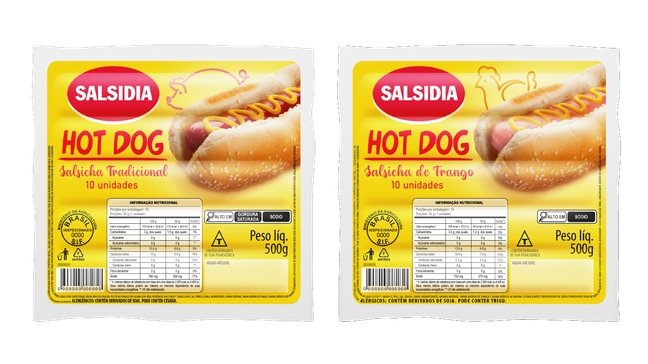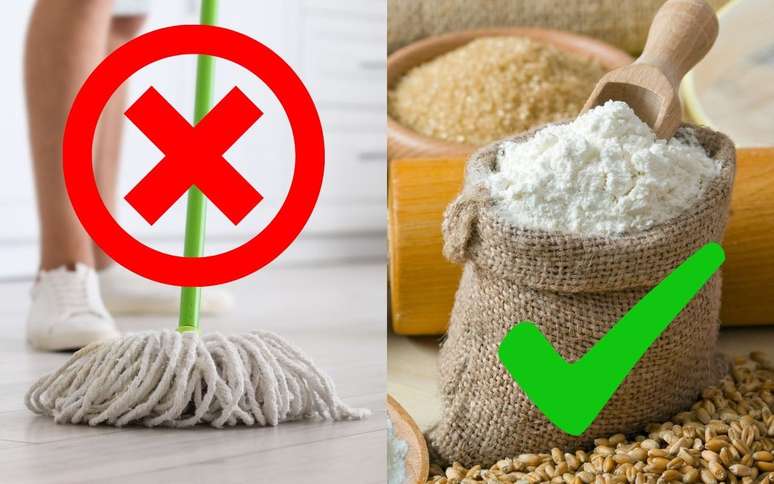Earlier nutrition labeling is the main novelty of the current food labeling rule. Understand what the warning means

On the 9th the new regulation on food labeling came into force in the country. This is an important step towards improving food choices for Brazilians. This is because understanding the product label can have a direct impact on the health of the population.
According to the food engineer and professor at the Center for Research and Practices in Nutrition and Collective Food at the Federal University of Sao Paulo (Unifesp), Veridiana Vera de Rosso, food labeling aims to be a communication channel between the producer and consumer.
“More often than not, however, the consumer, who is the primary interested party, does not know the importance of reading the label. Furthermore, he may not even know what information he should consider in his evaluation. In general, he limits himself to observe the expiry date and the caloric value of the product, often ignoring that more than one portion of that food is consumed “, reflects the researcher, who also coordinates the Food Labeling Observatory of Unifesp.
warning magnifying glass
The new labels objectively warn about the composition of products and the presence of nutrients that should be consumed in moderation. It is about Earlier nutritional labelingwhich is complementary information to the existing nutrition declaration.
“These notices are present on the front of the labels, at the top. magnifying glass icon accompanied by textual warnings informing about the high added sugar content, high saturated fat content and high sodium content “, Veridiana details.

According to the researcher Unifesp, foods can use 1, 2 or 3 warning seals, if they reach the limits set by the legislation. Always based on 100g of food and whether that food is solid or liquid.
This novelty on the labels, however, is not exclusive to Brazil. “It is important to emphasize that regulatory intervention using the frontal nutrition labeling strategy is a guideline defended by the World Health Organization. In 2019, WHO published a guidance document for associated countries to implement, monitor and evaluate ‘effectiveness of frontal nutrition labeling strategies “, Veridiana emphasizes.
Which foods will receive the alert?
A study conducted by the Unifesp Food Labeling Observatory evaluated 5,000 foods. They are part of the eight food groups established by ANVISA and, moreover, there is a more specific group created by the Observatory to group foods of plant origin (plant-based and gluten-free). The withdrawal of the labels took place between January and July 2022. Therefore, it was possible to establish an estimate of the use of the warning seals before the entry into force of the DRC 429.
“For the ‘rich in sodium’ label, we observed that the group of sauces, ready-to-use dressings, broths, soups, semi-ready or ready meals reached a total of 78% of the products with obligation to use if they do not undergo reformulations. For the group meat and eggs the estimated frequency of use of the seal was 52.8% “, specifies the specialist.
In the case of the “high saturated fat” label, the groups with the highest estimated frequency of use were oils / fats and oilseeds. In this case, the total rate was 55% of the products. While in the meat and egg group it was 38%.
More difficult to carry out is the estimate of the use of the added sugar stamp. This is because current legislation does not provide for the declaration of added sugars and / or added sugars in the nutritional information table of foods. However, the researcher states that, using the declaration of sugars as the 1st, 2nd and 3rd ingredient in the list on the label as a strategy, it was observed that up to 90% of the products in the energy product group were derived from carbohydrates and fats. will be able to use the magnifying glass.
Many products can get the “high added sugar” magnifying glass if they are not reformulated. Such as, for example, powdered chocolate, chocolates, bonbons and the like, bulk ice cream, carbonated soft drinks, sweet cakes and biscuits with filling and the like, Veridiana points out.
+The best content in your email for free. Choose your favorite Earth Newsletter. Click here!
Source: Terra
Benjamin Smith is a fashion journalist and author at Gossipify, known for his coverage of the latest fashion trends and industry insights. He writes about clothing, shoes, accessories, and runway shows, providing in-depth analysis and unique perspectives. He’s respected for his ability to spot emerging designers and trends, and for providing practical fashion advice to readers.








